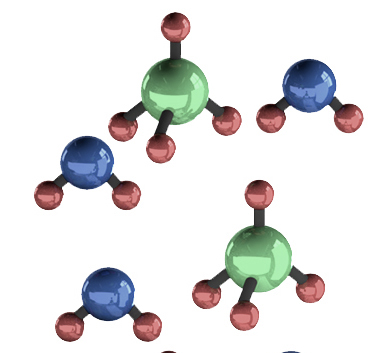The world is on a road to transition to sustainable and renewable energy, and one of the most difficult problems is lowering glasshouse gas emissions in difficult-to-abate industries. Shipping, steel, and aviation, for example, contribute for 27% of worldwide glasshouse gas emissions, and they need an alternative to hydrogen to decarbonise their activities. Although hydrogen is often regarded as the primary carrier of the energy revolution, green ammonia is gaining traction as a viable alternative, and its potential should be acknowledged and used at scale.
Kim Hedegaard, CEO of Power-to-X, Topsoe, outlines why green ammonia should be prioritised as an important facilitator of the energy transition. He emphasises that green ammonia has a greater energy density than hydrogen, can use existing infrastructure, and is simpler to store and transport. Moreover, ammonia has a larger energy density than hydrogen, making it a more cost-effective and low-risk alternative for difficult-to-abate industries.
Yet, there are obstacles to fully using the potential of green ammonia. Corporations must finance the necessary capital to create green ammonia at scale, and industries must identify and capitalise on the value. Moreover, policy actions must offer regulatory clarity in order to decrease risk along the value chain.
Green ammonia has enormous potential advantages, particularly for the marine sector. If all shipping containers were converted to green ammonia, the industry would save over 1 billion tonnes of carbon per year, equal to nearly 3% of world carbon emissions. According to the International Energy Agency, green ammonia should account for around 30% of marine fuel in order to achieve net-zero emissions by 2050, and this decrease should be attainable with the necessary infrastructure in place.
Although the energy transformation will take time, Topsoe is forging forwards with new green ammonia uses and commercialising the next generation of clean ammonia production. They are manufacturing enormous amounts of green ammonia on a big scale, utilising solid oxide electrolysers (SOEC) in collaboration with First Ammonia, allowing the decarbonisation of sectors that cannot be directly electrified.
Therefore, legislative actions must be implemented to increase the use of green ammonia. Although programmes such as REPowerEU and the United States Inflation Reduction Act (IRA) provide tailwinds, implementation, tendering, and permitting for renewable energy build-out are delayed, and additional investment is required to incentivise industrial capacity.
In conclusion, green ammonia has huge potential to assist decarbonize difficult-to-abate sectors and contribute to the global energy transition. Australia should emphasise the development and deployment of green ammonia technology as a nation dedicated to lowering glasshouse gas emissions and shifting to renewable energy.
Supporting research on green ammonia and supporting field researchers like me may speed the development of this technology and bring it to scale quicker. Regulatory stability and investment are also critical to the effective adoption of green ammonia as a viable alternative to hydrogen.
By adopting green ammonia and supporting its development, Australia can take the lead in the worldwide fight to cut carbon emissions and move to a sustainable energy future.
